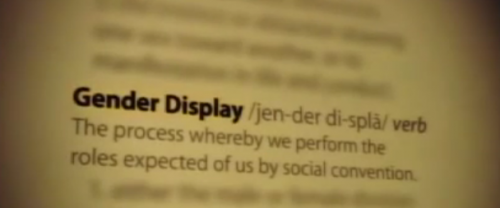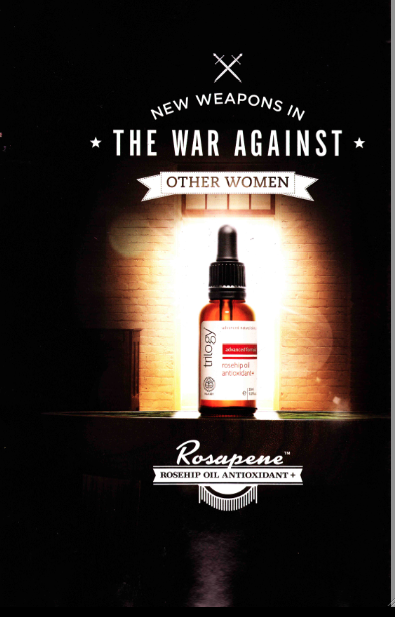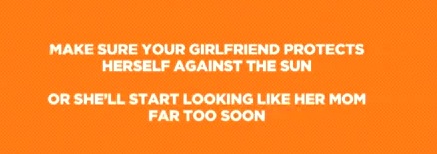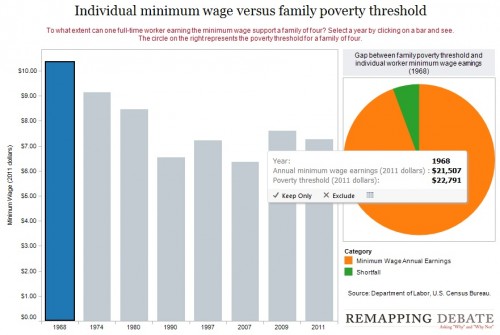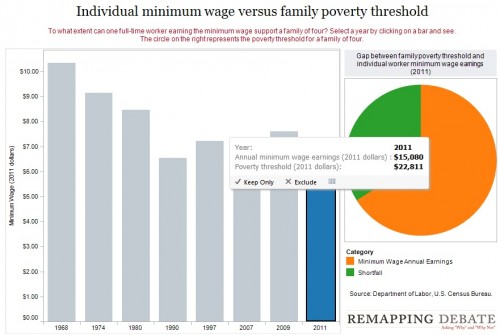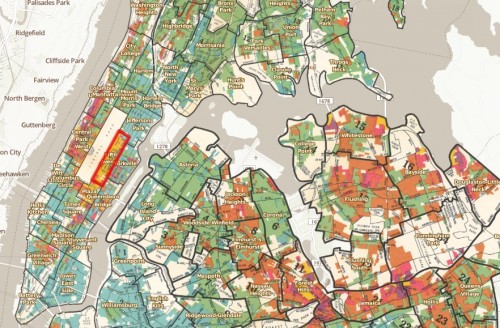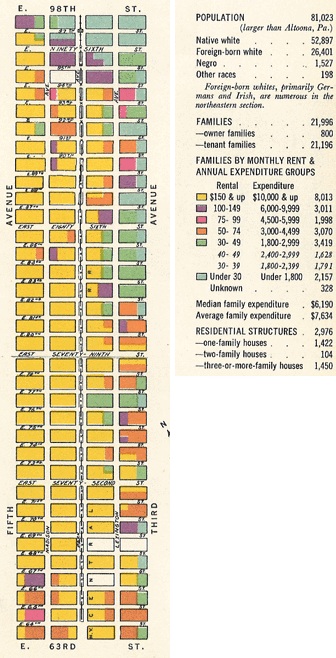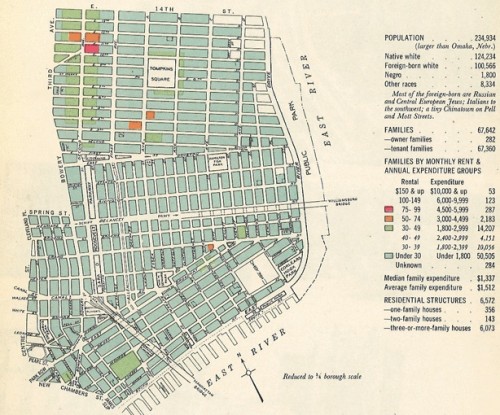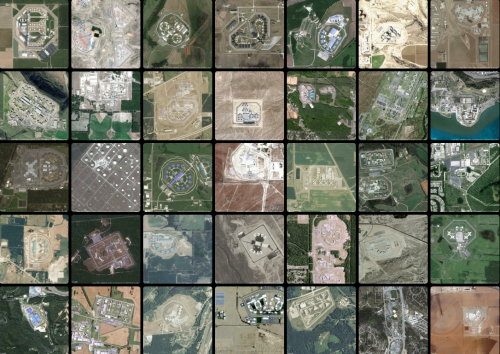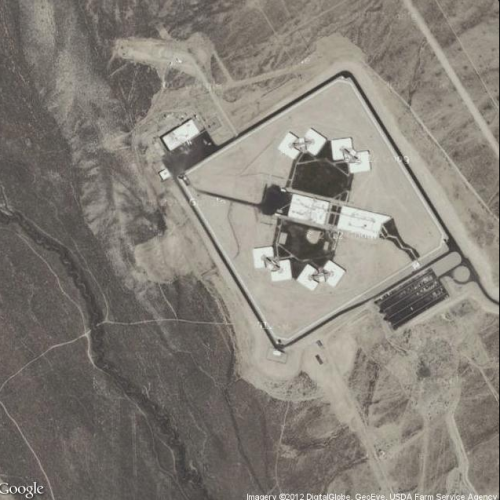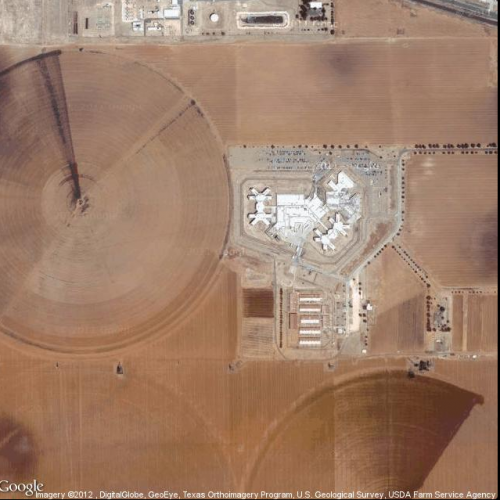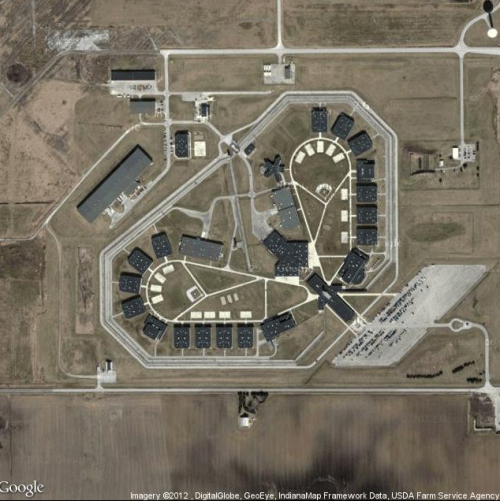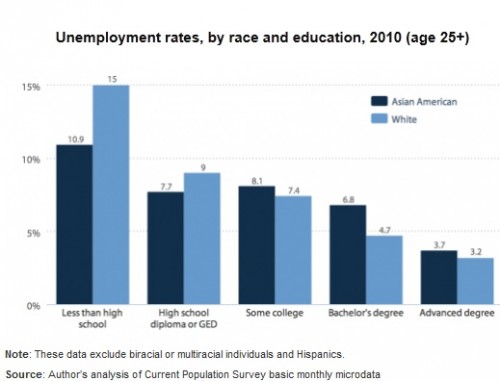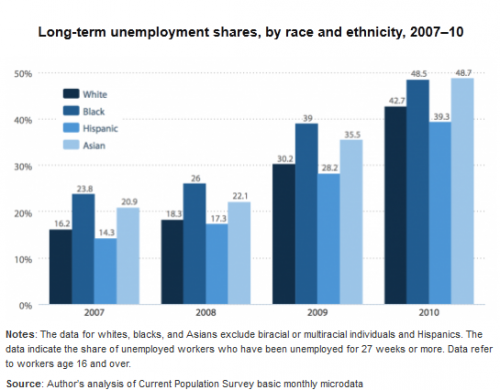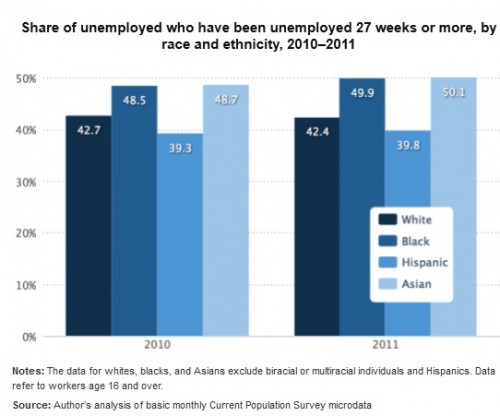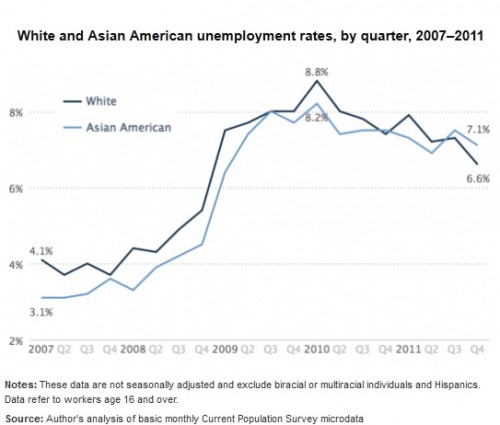Annie C. and another reader sent us a link to a post by Ryan North at what are the haps about a set of gendered “survival guides” for kids published by Scholastic (and which the publisher now says it won’t continue printing). Boys and girls apparently need very different survival skills, which the other sex shouldn’t know anything about:
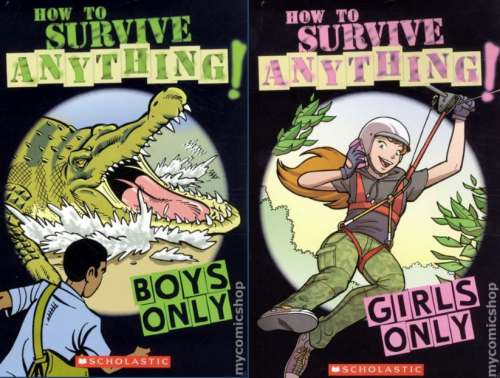
In his post, Ryan provides the table of contents for each. What do boys and girls need to be able to survive? For boys, no big surprises — forest fire, earthquake, quicksand, your average zombie or vampire attack, that type of thing, many including, according to teen librarian Jackie Parker, practical and useful tips:
How to Survive a shark attack
How to Survive in a Forest
How to Survive Frostbite
How to Survive a Plane Crash
How to Survive in the Desert
How to Survive a Polar Bear Attack
How to Survive a Flash Flood
How to Survive a Broken Leg
How to Survive an Earthquake
How to Survive a Forest Fire
How to Survive in a Whiteout
How to Survive a Zombie Invasion
How to Survive a Snakebite
How to Survive if Your Parachute Fails
How to Survive a Croc Attack
How to Survive a Lightning Strike
How to Survive a T-Rex
How to Survive Whitewater Rapids
How to Survive a Sinking Ship
How to Survive a Vampire Attack
How to Survive an Avalanche
How to Survive a Tornado
How to Survive Quicksand
How to Survive a Fall
How to Survive a Swarm of Bees
How to Survive in Space
Girls seem to require a very different set of survival skills. Like how to survive a breakout — a skill boys don’t apparently need, though they also get acne. Other handy tips are how to deal with becoming rich or a superstar, how to ensure you get the “perfect school photo,” surviving a crush, whatever turning “a no into a yes” is (persuasiveness, I suppose), picking good sunglasses, dealing with a bad fashion day, and of course “how to spot a frenemy”:
How to survive a BFF Fight
How to Survive Soccer Tryouts
How to Survive a Breakout
How to Show You’re Sorry
How to Have the Best Sleepover Ever
How to Take the Perfect School Photo
How to Survive Brothers
Scary Survival Dos and Don’ts
How to Handle Becoming Rich
How to Keep Stuff Secret
How to Survive Tests
How to Survive Shyness
How to Handle Sudden Stardom
More Stardom Survival Tips
How to Survive a Camping Trip
How to Survive a Fashion Disaster
How to Teach Your Cat to Sit
How to Turn a No Into a Yes
Top Tips for Speechmaking
How to Survive Embarrassment
How to Be a Mind Reader
How to Survive a Crush
Seaside Survival
How to Soothe Sunburn
How to Pick Perfect Sunglasses
Surviving a Zombie Attack
How to Spot a Frenemy
Brilliant Boredom Busters
How to Survive Truth or Dare
How to Beat Bullies
How to be an Amazing Babysitter
Aside from the multiple items clearly focused on appearances, Ryan points out that several others emphasize looks. Camping is “excellent for the skin,” while the seaside survival chapter provides a lot of fashion tips.
Many of the girls’ tips are about surviving social situations or dealing with emotions — embarrassment, keeping a secret, dealing with bullies. These are all probably more useful to kids than knowing how to survive quicksand, and tips for handling stardom are statistically more likely to be useful at some point than dealing with a T-Rex. So the issue here isn’t that the boys’ guide is inherently more useful or smarter or better; probably all kids should be issued a guide to surviving Truth or Dare (also, dodgeball). But the clear gendering of the guides, with only girls getting tips about dealing with social interactions, emotions, and looks, while outdoorsy injury/natural disaster survival tips are sufficient for boys, illustrates broader assumptions about gender and how we construct femininity and masculinity.

